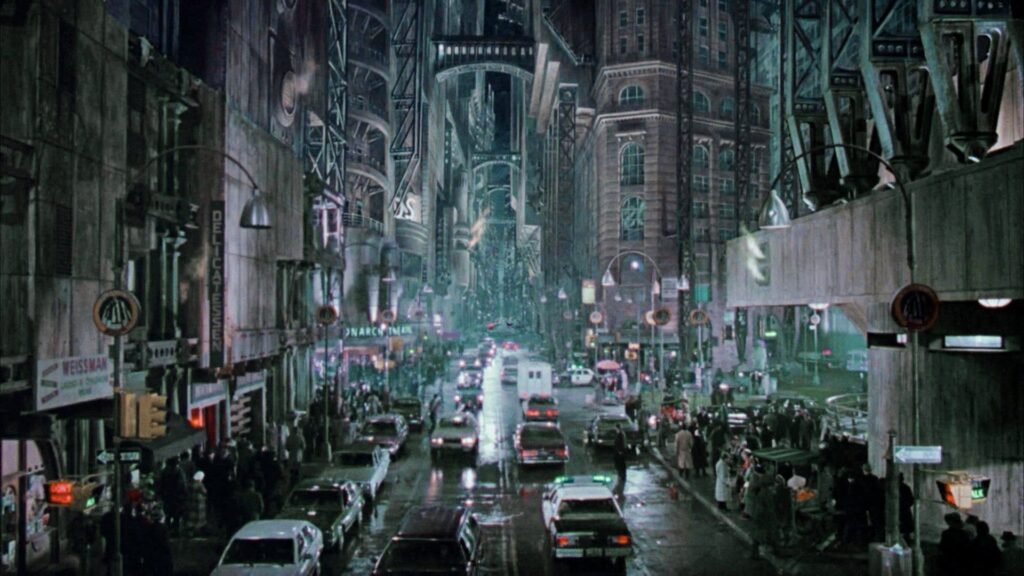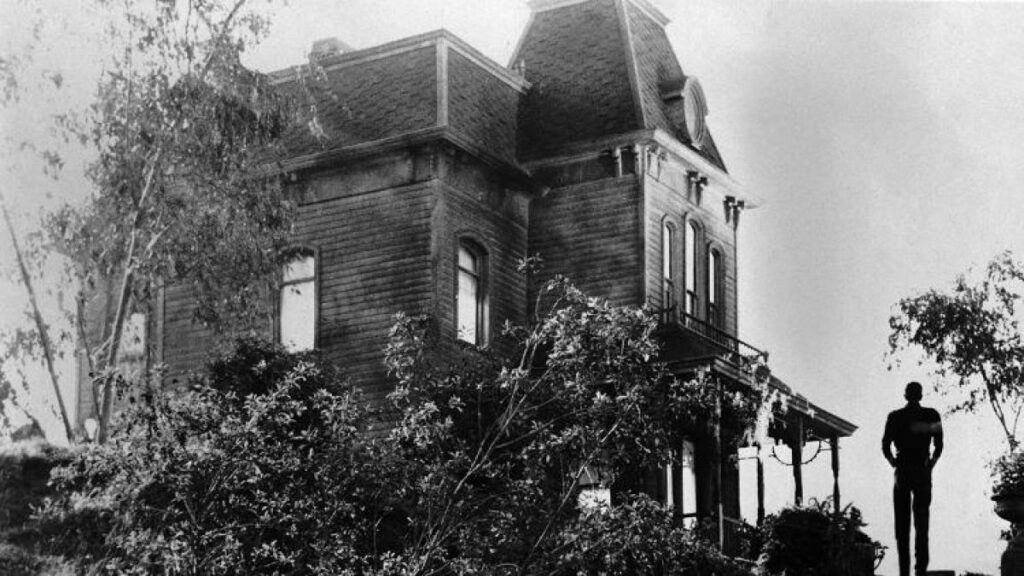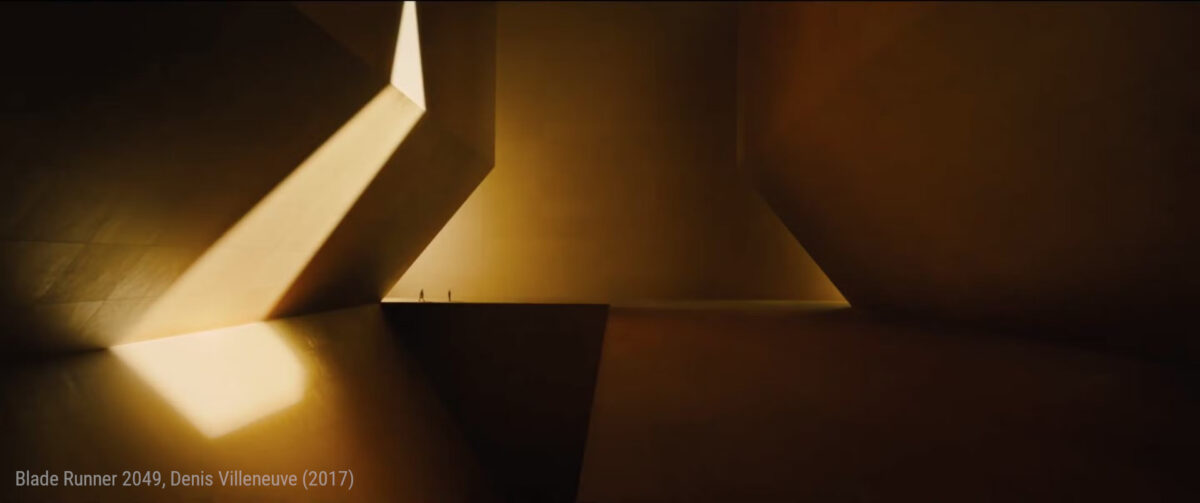In the world of audiovisual production, every detail counts. From the script to the lighting, every aspect is meticulously taken care of to create an experience that captivates the audience. Among these essential elements, architecture plays a fundamental, often underestimated but incredibly powerful role.
In this article, we will explore the importance of architecture in audiovisual production and how it can transform not only the visual appearance, but also the narrative and emotion conveyed in a film, series or any kind of audiovisual production.
Architecture as a Stage
The setting in which an audiovisual production takes place can be as relevant as the characters that inhabit it. The architecture of a location not only sets the tone and mood of a scene, but also becomes a character in its own right.

A modern skyscraper, a rustic cottage or an urban flat significantly influences the way we perceive the characters and their stories.
The choice of architecture transports the audience to different times, cultures or even alternate realities, creating an immersive experience.
Architecture as a Narrative Tool
The spatial layout of a place can be used strategically to tell the story. Narrow corridors create a sense of claustrophobia and tension, while open spaces convey freedom and expansiveness.
Architecture also influences the movement of characters and the way they interact with each other, creating specific dynamics and relationships.
In addition, architecturally interesting locations inspire the creativity of the production team and open up new narrative possibilities.

Architecture as Metaphor
Architecture can be used symbolically to convey complex and emotional messages. Crumbling buildings symbolise decay and despair, while sleek modern structures represent progress and innovation.
These architectural symbolisms add depth and layers of meaning to the narrative, allowing the audience to connect with the story on a deeper, emotional level.
Architecture as Character
In some productions, buildings and locations are so iconic that they become characters in their own right.
Think of the Overlook Hotel in The Shining or the mansion in Psycho. These places are not only settings, but also have a personality and presence of their own, affecting the characters in profound and often terrifying ways.
This relationship between the characters and the architecture creates a palpable tension and contributes significantly to the overall atmosphere of the story.

Ultimately, architecture in audiovisual production is much more than a beautiful backdrop. It is a powerful tool that can elevate a story from ordinary to extraordinary, adding layers of meaning and emotion.
Directors, producers and production designers must be aware of the influence of architecture on the viewer’s experience and harness its potential to create cinematic worlds that are truly unforgettable.
By appreciating and understanding the importance of architecture, we can unlock its full potential in the art of film and television, taking the audience on unforgettable emotional journeys through the spaces that are created on screen.

